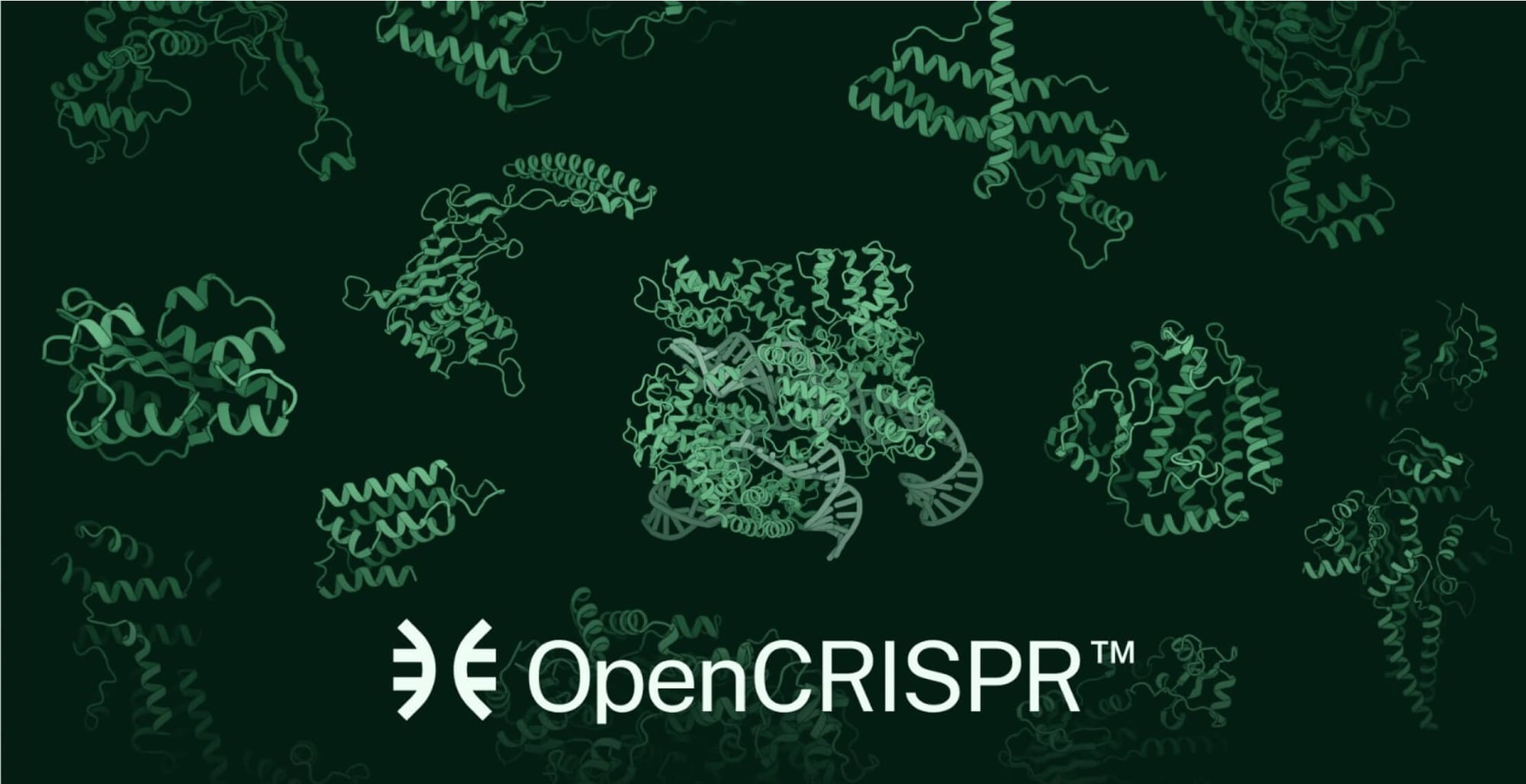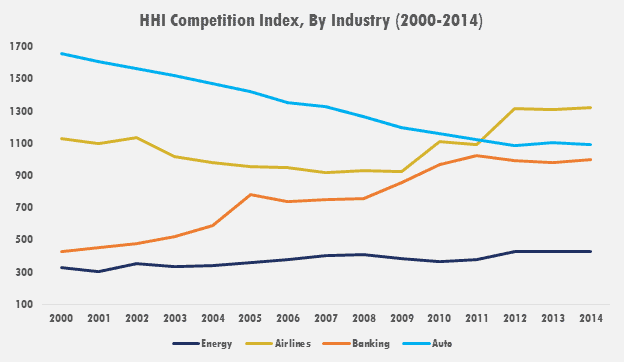Advanced Gene Editor: Precise Complete Gene Insertion

Table of Contents
The Need for Precise Complete Gene Insertion
Traditional gene editing methods, while groundbreaking, often fall short in their ability to achieve truly precise modifications. Techniques like gene knockout, which completely disable a gene, or single base pair editing, which alters a single nucleotide, lack the capacity for the complete and accurate insertion of functional genes. This limitation significantly restricts their application in certain areas.
The advantages of complete gene insertion are substantial:
- Traditional methods often lead to unintended mutations or incomplete insertions. These off-target effects can have unpredictable and potentially harmful consequences.
- Precise complete gene insertion allows for the introduction of functional genes without disrupting existing genetic sequences. This ensures the integrity of the genome and minimizes the risk of unintended side effects.
- This is crucial for gene therapy applications and the development of novel genetic traits. Introducing a fully functional gene, rather than just modifying an existing one, offers a more robust and reliable approach to treating genetic disorders and engineering new characteristics.
Advanced Gene Editing Technologies for Precise Insertion
Several advanced gene editing technologies have emerged to address the limitations of earlier methods. These tools provide the precision necessary for complete and accurate gene insertion.
CRISPR-Cas9 and its role in precise gene insertion
The CRISPR-Cas9 system has revolutionized gene editing due to its simplicity, efficiency, and versatility. It leverages a naturally occurring bacterial defense mechanism to precisely target and modify specific DNA sequences. In the context of precise gene insertion, CRISPR-Cas9 works as follows:
- CRISPR-Cas9 system creates a double-stranded break at a specific location. This break signals the cell's repair mechanisms to spring into action.
- Homologous recombination uses the donor DNA template to repair the break, inserting the desired gene. A donor DNA molecule, containing the gene to be inserted along with flanking sequences homologous to the target site, is introduced into the cell. The cell's repair machinery utilizes this template to accurately insert the gene.
- Efficiency of homologous recombination can be improved using various strategies. These strategies include optimizing donor DNA design, using specific delivery methods, and employing cellular factors that enhance the homologous recombination pathway.
Other Advanced Gene Editing Techniques
While CRISPR-Cas9 dominates the field, other advanced gene editing techniques, including TALENs (Transcription Activator-Like Effector Nucleases) and zinc-finger nucleases, also contribute to precise gene insertion.
- TALENs and zinc-finger nucleases offer alternative approaches for precise gene editing. These technologies employ protein-based systems to target specific DNA sequences and induce double-stranded breaks.
- Each technology has its own strengths and weaknesses regarding efficiency and off-target effects. CRISPR-Cas9 generally offers higher efficiency and ease of use, but TALENs and zinc-finger nucleases can exhibit improved specificity in certain applications.
- Ongoing research continually improves the precision and efficiency of all these technologies. The field is rapidly advancing, leading to new and improved gene editing tools with enhanced capabilities.
Applications of Precise Complete Gene Insertion
The ability to perform precise complete gene insertion has far-reaching implications across various fields.
Gene Therapy
Gene therapy holds immense promise for treating a wide range of genetic diseases. Precise complete gene insertion offers a powerful tool for correcting genetic defects:
- Correcting genetic defects responsible for inherited disorders. This involves inserting a functional copy of a mutated gene to restore its normal function.
- Introducing functional genes to compensate for missing or mutated genes. This approach is particularly useful for diseases caused by the absence of a specific protein or enzyme.
- Potential for treating a wide range of genetic diseases. From cystic fibrosis to Huntington's disease, precise gene insertion offers hope for developing effective therapies for currently incurable conditions.
Agricultural Biotechnology
Precise complete gene insertion is also transforming agricultural practices. It enables the development of crops with enhanced traits:
- Improving crop traits such as yield, nutritional content, and pest resistance. This can lead to increased food production and improved food security.
- Developing crops tolerant to harsh environmental conditions. This is crucial for ensuring food production in the face of climate change and other environmental challenges.
- Reducing reliance on pesticides and herbicides. Genetically engineered crops with enhanced pest and disease resistance can minimize the need for harmful chemical treatments.
Challenges and Future Directions
Despite the significant advancements, challenges remain in the field of precise complete gene insertion:
- Minimizing off-target effects remains a major challenge. While advanced gene editing tools are highly precise, there's always a risk of unintended modifications to other parts of the genome.
- Efficient gene delivery systems are essential for therapeutic applications. Delivering the gene editing machinery and donor DNA to the target cells effectively and safely is crucial for successful gene therapy.
- Ethical implications require careful consideration and public dialogue. The ethical implications of gene editing technologies need to be carefully examined and debated to ensure their responsible use.
Conclusion
Advanced gene editors, particularly CRISPR-Cas9, are revolutionizing our ability to perform precise complete gene insertion. This technology holds immense promise for treating genetic diseases, improving agricultural practices, and advancing our understanding of fundamental biological processes. While challenges remain, ongoing research is paving the way for more efficient, precise, and safe gene editing tools.
Call to Action: Learn more about the groundbreaking advancements in advanced gene editor technology and the potential of precise complete gene insertion to reshape the future of medicine and agriculture. Stay informed about the latest breakthroughs in gene editing and its impact on human health and global sustainability.

Featured Posts
-
 127 Years Of Brewing History Anchor Brewing Company To Shut Down
May 30, 2025
127 Years Of Brewing History Anchor Brewing Company To Shut Down
May 30, 2025 -
 Optakt Til Danmark Portugal Kampanalyse Og Forventninger
May 30, 2025
Optakt Til Danmark Portugal Kampanalyse Og Forventninger
May 30, 2025 -
 Hanwha And Oci Aim For Increased Market Share Amidst Us Solar Import Duties
May 30, 2025
Hanwha And Oci Aim For Increased Market Share Amidst Us Solar Import Duties
May 30, 2025 -
 Decision Judiciaire Contre Marine Le Pen Divisions Et Controverses
May 30, 2025
Decision Judiciaire Contre Marine Le Pen Divisions Et Controverses
May 30, 2025 -
 Rajinikanth Salutes Ilaiyaraajas Triumphant London Symphony Concert
May 30, 2025
Rajinikanth Salutes Ilaiyaraajas Triumphant London Symphony Concert
May 30, 2025
Latest Posts
-
 Upset Alert Tallon Griekspoor Defeats Top Seeded Zverev At Indian Wells
May 31, 2025
Upset Alert Tallon Griekspoor Defeats Top Seeded Zverev At Indian Wells
May 31, 2025 -
 Alexander Zverevs Early Exit At Indian Wells A Griekspoor Victory
May 31, 2025
Alexander Zverevs Early Exit At Indian Wells A Griekspoor Victory
May 31, 2025 -
 Indian Wells 2024 Zverevs Unexpected Loss To Griekspoor
May 31, 2025
Indian Wells 2024 Zverevs Unexpected Loss To Griekspoor
May 31, 2025 -
 Zverevs Indian Wells Campaign Ends Early Griekspoor Upsets Top Seed
May 31, 2025
Zverevs Indian Wells Campaign Ends Early Griekspoor Upsets Top Seed
May 31, 2025 -
 Indian Wells Surprise Griekspoor Defeats Top Seeded Zverev
May 31, 2025
Indian Wells Surprise Griekspoor Defeats Top Seeded Zverev
May 31, 2025
